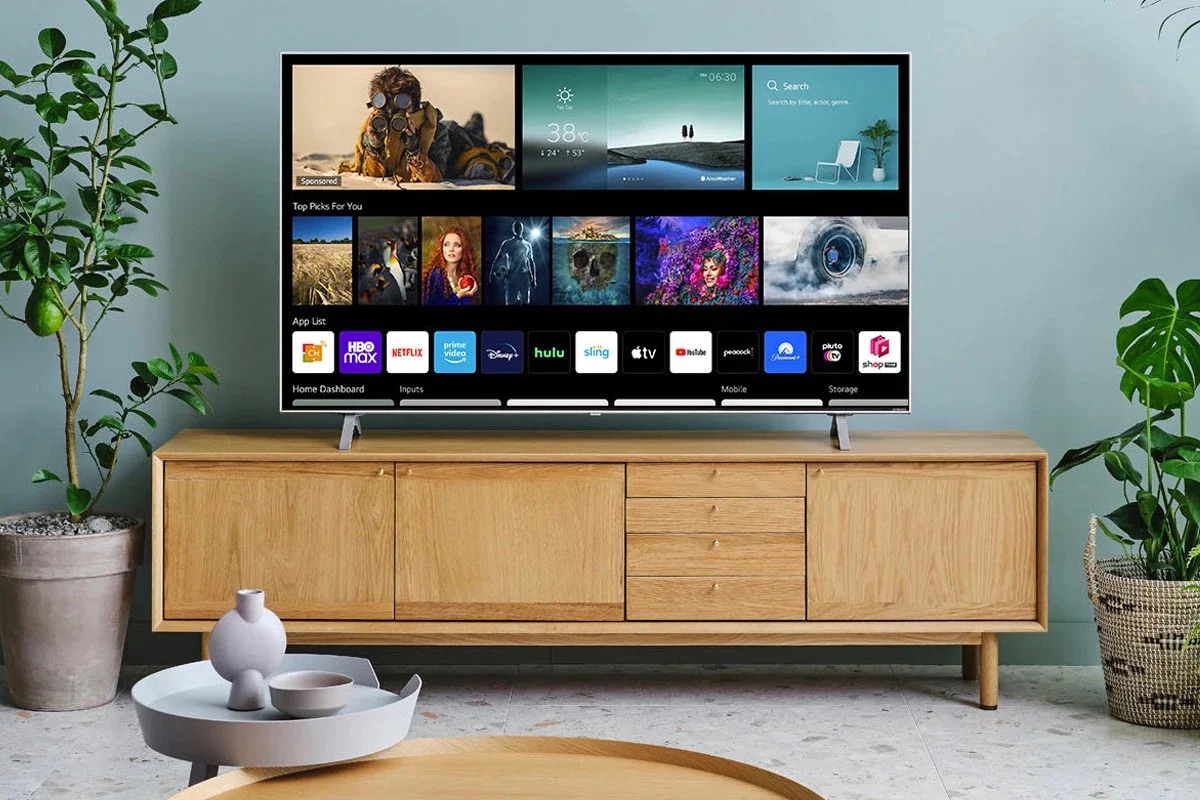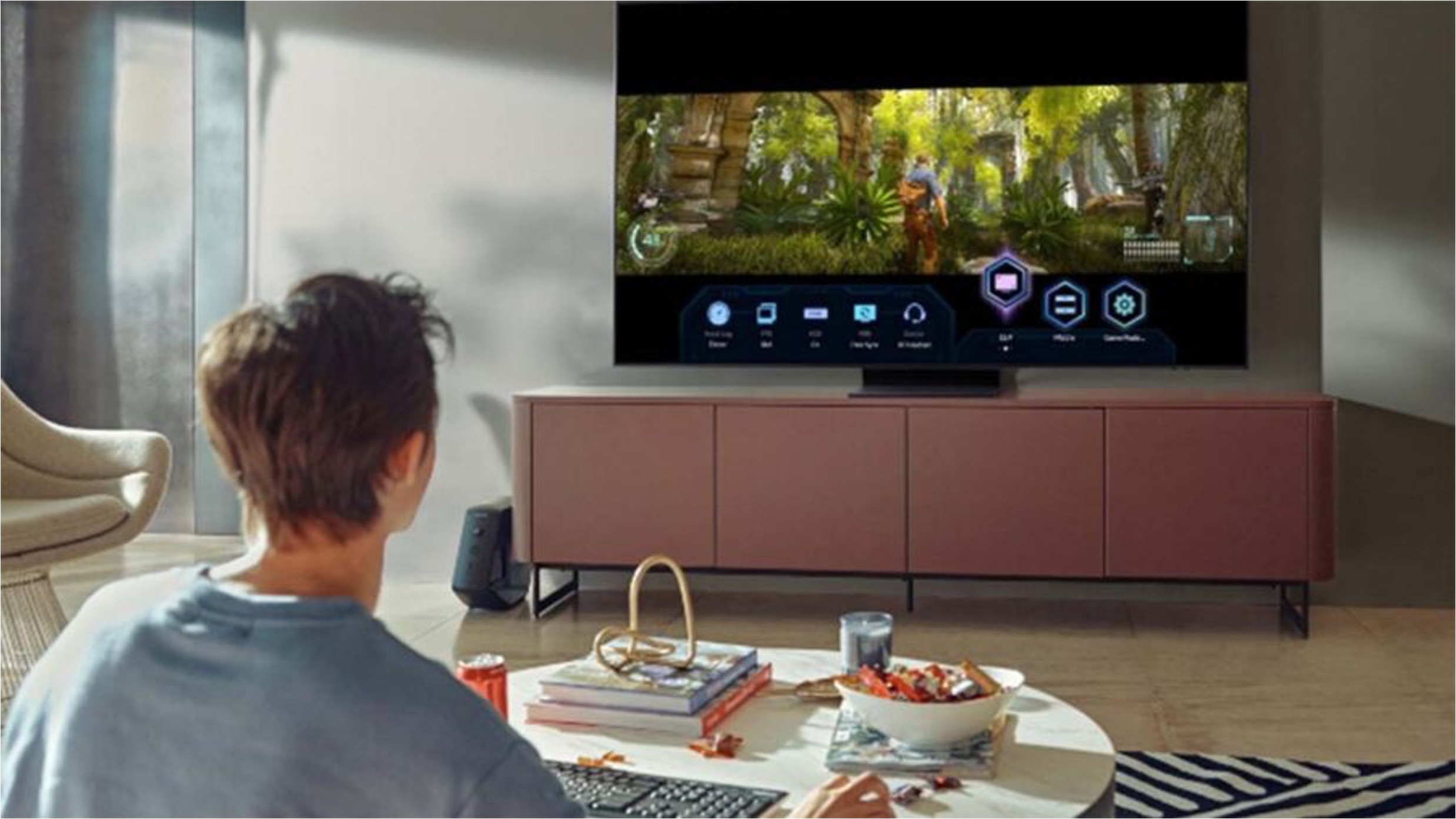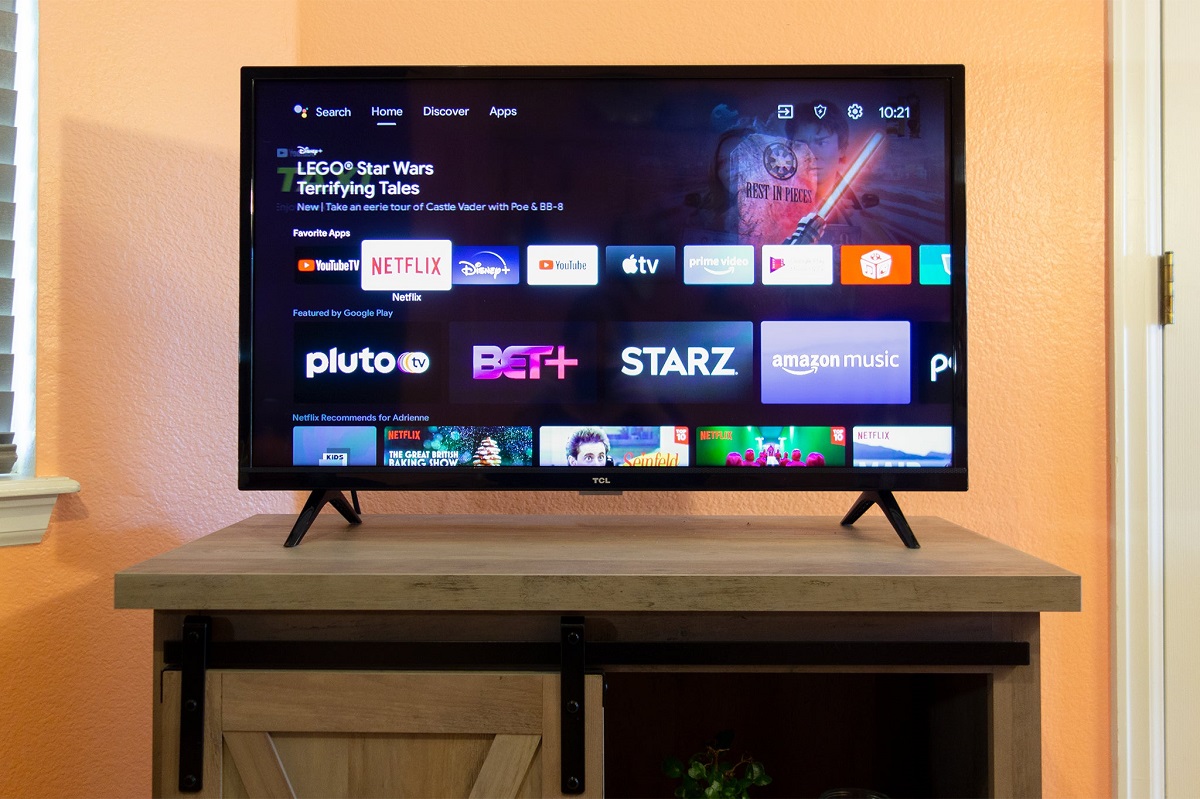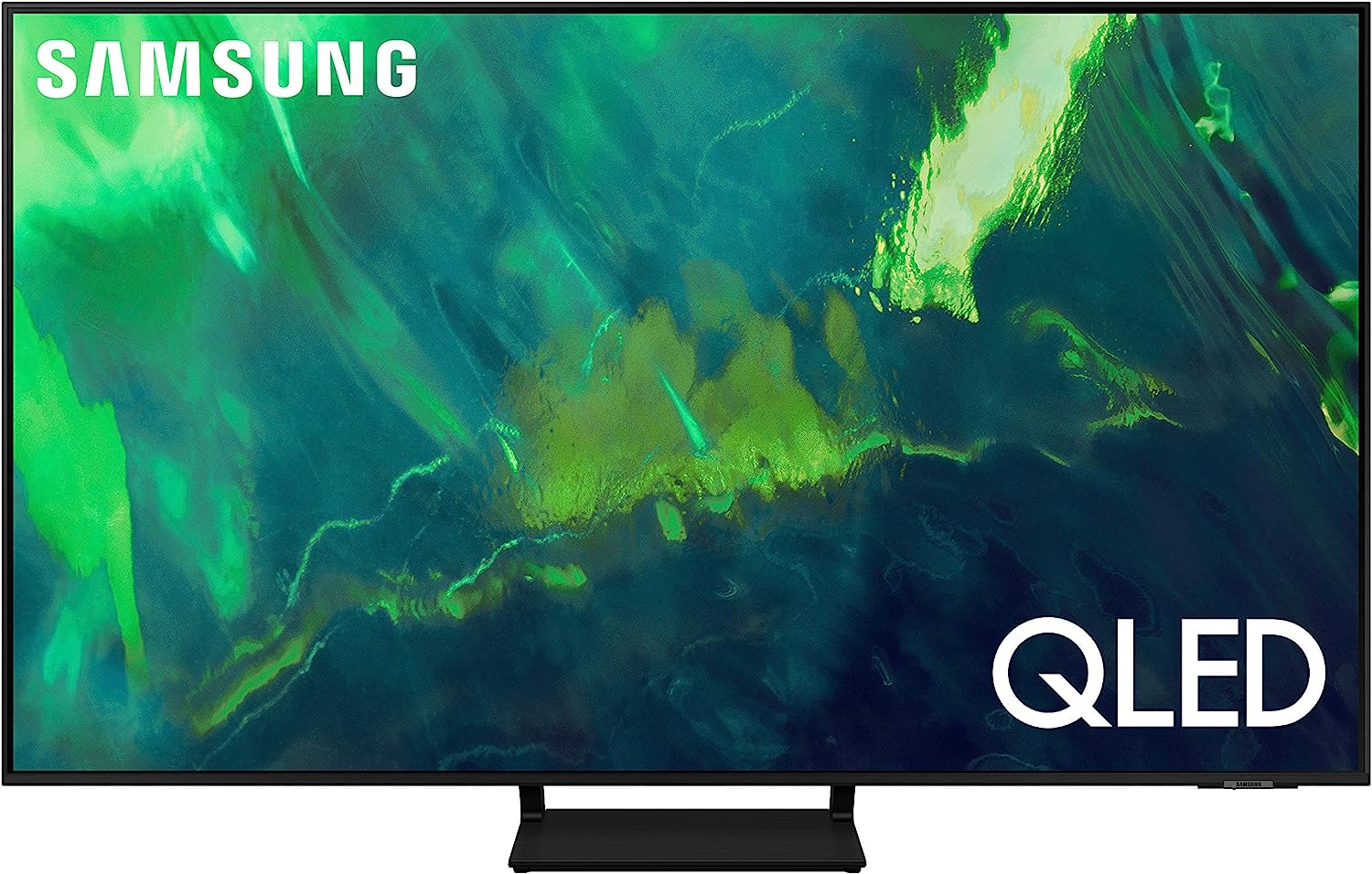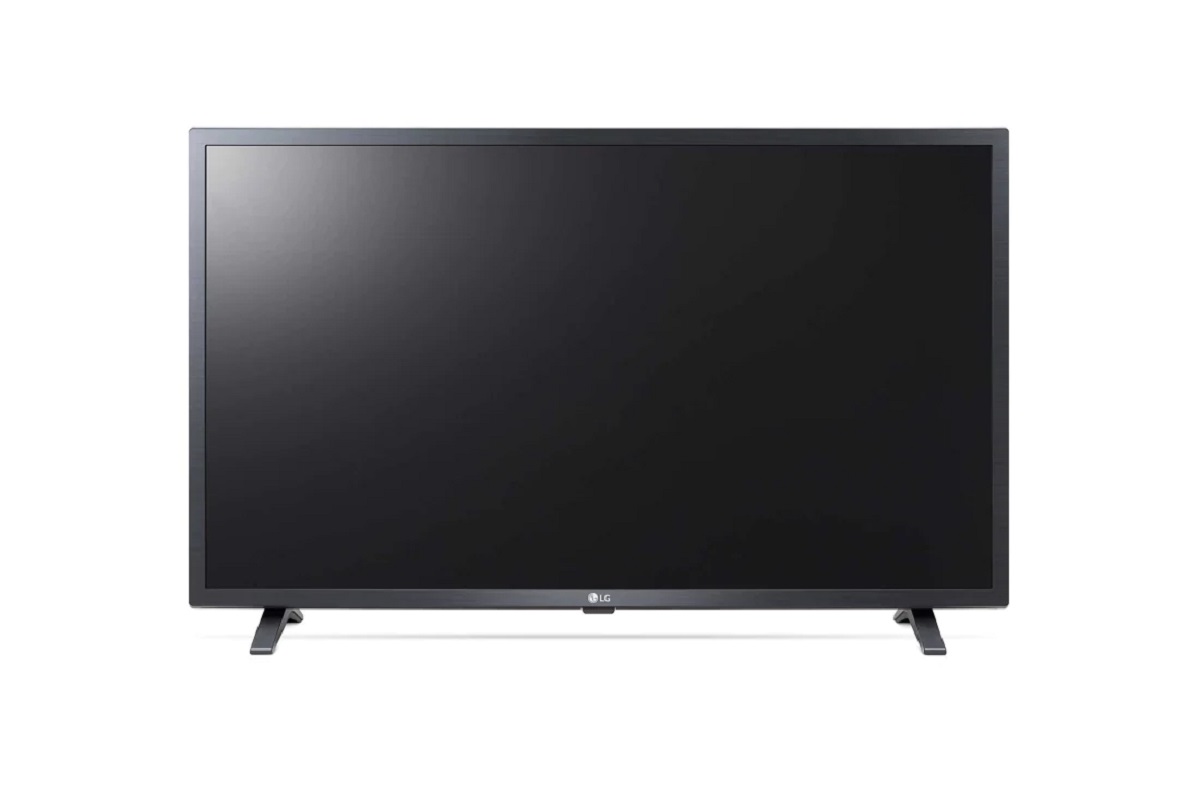Introduction
With the rapid advancement of technology, LED TVs have become increasingly popular in households around the world. These sleek and energy-efficient devices offer exceptional picture quality and a cinematic viewing experience. However, one common concern among TV owners is the amount of power these TVs consume. Understanding how many watts a 55-inch LED TV uses is crucial for ensuring energy efficiency and managing electricity costs.
In this article, we will explore the factors that affect the power consumption of a 55-inch LED TV, provide insights into watts and energy efficiency ratings, and offer tips on reducing power consumption. Whether you’re a tech enthusiast or a budget-conscious consumer, this information will help you make informed decisions when it comes to selecting, using, and optimizing the energy usage of your TV.
Before diving into the specifics, it’s important to note that power consumption can vary based on several factors, including the TV’s make and model, display technology, screen size, brightness settings, and usage patterns. By understanding these factors, you can make more accurate estimations of power consumption and take appropriate steps to reduce energy usage without compromising your viewing experience.
Now, let’s delve into the fascinating world of LED TVs and explore the various factors that can impact their power consumption.
Factors that Affect Power Consumption
Several factors influence the power consumption of a 55-inch LED TV. Understanding these factors can help you make informed decisions about energy usage and optimize the efficiency of your TV. Let’s take a closer look at the key factors:
- Display Technology: The type of display technology used in your LED TV plays a significant role in power consumption. LED TVs use light-emitting diodes (LEDs) to illuminate the screen. Compared to traditional LCD TVs, LED TVs are more energy-efficient because the LEDs can be dimmed or turned off in dark scenes, reducing overall power consumption.
- Screen Size: The size of the TV screen directly impacts its power usage. A larger screen requires more energy to operate. Therefore, a 55-inch LED TV will generally consume more power compared to smaller-sized TVs.
- Brightness Settings: The brightness level of your TV can affect power consumption. Higher brightness settings require more energy to produce a brighter picture. Adjusting the brightness to a comfortable level can help conserve power without compromising visual quality.
- Picture Mode: Different picture modes, such as Standard, Vivid, Cinema, or Energy Saving, can have varying effects on power consumption. Energy-saving modes typically reduce brightness and optimize settings to conserve energy, while other modes may prioritize visual quality over energy efficiency.
- Content Being Played: The content being played on the TV can impact power consumption. Brightly lit scenes or fast-paced action sequences generally require more processing power and, therefore, consume more energy. On the other hand, viewing content with darker scenes or static images can help reduce power consumption.
- Standby Power: Even when your TV is turned off, it may still consume some power in standby mode. This standby power is used to power essential functions like remote control reception and instant power-on features. Choosing a TV with lower standby power consumption or using a power strip to completely turn off the TV when not in use can help save energy.
By considering and adjusting these factors, you can effectively manage the power consumption of your 55-inch LED TV. Now that we understand the factors influencing power usage, let’s explore the concept of watts and delve into the importance of energy efficiency ratings in the next section.
Understanding Watts and Energy Efficiency Ratings
When it comes to measuring power consumption, watts are the standard unit of measurement. Watts indicate the amount of electrical power that a device consumes or requires to operate effectively. Understanding watts is essential for assessing and managing the energy usage of your 55-inch LED TV.
Energy efficiency ratings play a vital role in determining the power consumption of an electronic device. The two primary energy efficiency rating systems for TVs are ENERGY STAR and the European Union Energy Label. These labels provide valuable information about the energy efficiency of a TV and help consumers make greener choices.
The ENERGY STAR label is granted to appliances that meet strict energy efficiency criteria set by the U.S. Environmental Protection Agency (EPA). TVs with the ENERGY STAR label consume less power in both standby and active modes compared to non-certified models. Look for the ENERGY STAR logo when purchasing a 55-inch LED TV to ensure you’re choosing an energy-efficient option.
The European Union Energy Label uses a scale ranging from A++ (most efficient) to G (least efficient) to rate the energy efficiency of appliances, including TVs. TVs with a higher rating consume less power and are considered more energy-efficient. It’s advisable to select a TV with a higher energy efficiency rating to minimize energy usage and reduce your carbon footprint.
Both energy efficiency labels provide valuable insights into the power consumption of a 55-inch LED TV. When making a purchasing decision, considering these labels and opting for energy-efficient models can lead to significant long-term energy savings.
Now that we’ve explored the concept of watts and energy efficiency ratings, let’s move on to the next section, where we’ll delve into the average power consumption of a 55-inch LED TV.
Average Power Consumption of a 55-Inch LED TV
When it comes to determining the average power consumption of a 55-inch LED TV, it’s important to consider the specific model and its energy efficiency. While power consumption can vary between different TV models and brands, we can provide a general estimation to give you an idea of what to expect.
On average, a 55-inch LED TV consumes around 60-150 watts of power during normal usage. However, this can increase during high-brightness settings, intense action scenes, or when additional features like motion interpolation or HDR are enabled. It’s worth noting that larger screen sizes, such as 55 inches, usually require more power than smaller-sized TVs.
It’s also important to be mindful of the power consumed when the TV is in standby mode. TVs in standby mode can consume around 0.5-2 watts of power. While this amount may seem small, it can accumulate over time, especially if the TV remains in standby when not in use for extended periods.
To get a more accurate understanding of the power consumption of your specific TV model, you can refer to the manufacturer’s specifications or user manual. These documents often provide detailed information about power consumption for various usage scenarios.
By being aware of the average power consumption of your 55-inch LED TV, you can make informed decisions on energy usage and potentially reduce your electricity costs.
Now that we have an idea of the average power consumption, let’s move on to the next section where we’ll provide some useful tips for reducing power consumption and maximizing energy efficiency.
Tips for Reducing Power Consumption
Reducing the power consumption of your 55-inch LED TV not only helps save on electricity costs but also contributes to a greener, more sustainable lifestyle. Here are some practical tips to help you optimize energy efficiency:
- Enable Energy-Saving Modes: Most modern LED TVs have energy-saving modes that optimize settings to reduce power consumption. Enable these modes to automatically adjust the brightness and other settings for energy efficiency.
- Adjust Brightness and Backlight Settings: Lowering the brightness and backlight settings of your TV can significantly reduce power consumption, especially in dark or dimly lit rooms. Experiment to find a comfortable level that conserves energy.
- Power Management Settings: Take advantage of power management features available on your TV. These settings automatically turn off the TV after a certain period of inactivity or put it in standby mode, reducing power consumption.
- Turn Off Unnecessary Features: Many TVs come with extra features like motion interpolation, HDR, or extra sound enhancements. While these features enhance the viewing experience, they can also consume more power. Consider turning off unnecessary features when not needed to conserve energy.
- Use a Timer or Smart Power Strip: If you tend to fall asleep while watching TV, using a timer or a smart power strip can automatically turn off the TV after a designated period. This ensures that the TV isn’t left on all night, unnecessarily consuming power.
- Avoid Screen Savers: Screen savers may seem visually appealing, but they continue to consume power. Instead, set your TV to turn off or go into standby mode if there’s no activity for a certain period.
- Unplug when Not in Use: If you won’t be using your TV for an extended period, consider unplugging it to completely eliminate standby power consumption. This is especially useful when going on vacation or during periods of non-use.
By implementing these simple yet effective tips, you can significantly reduce the power consumption of your 55-inch LED TV and make a positive impact on the environment.
Now that we’ve explored various ways to reduce power consumption, let’s conclude this article with a summary of the key points discussed.
Conclusion
Understanding the power consumption of a 55-inch LED TV is essential for managing energy usage and optimizing efficiency. Factors such as display technology, screen size, brightness settings, and content being played can all impact power consumption. By being mindful of these factors, you can make informed decisions to minimize energy usage without compromising your viewing experience.
Watts are the standard unit of measurement used to gauge power consumption, and energy efficiency ratings, such as ENERGY STAR and European Union labels, provide valuable information about a TV’s energy efficiency. Considering these ratings when purchasing a 55-inch LED TV can lead to long-term energy savings and reduce your environmental impact.
The average power consumption of a 55-inch LED TV ranges from 60 to 150 watts, depending on usage scenarios. Enabling energy-saving modes, adjusting brightness settings, and using power management features can help reduce power consumption. Additionally, turning off unnecessary features, using timers or smart power strips, and unplugging the TV when not in use can further optimize energy efficiency.
By implementing these tips and being mindful of energy consumption, you can save on electricity costs and contribute to a more sustainable lifestyle.
So, whether you’re a tech enthusiast wanting to optimize your TV’s performance or a budget-conscious consumer looking to cut down on electricity bills, understanding how many watts a 55-inch LED TV uses and practicing energy-efficient habits will help you make the most of your viewing experience while minimizing your environmental footprint.







